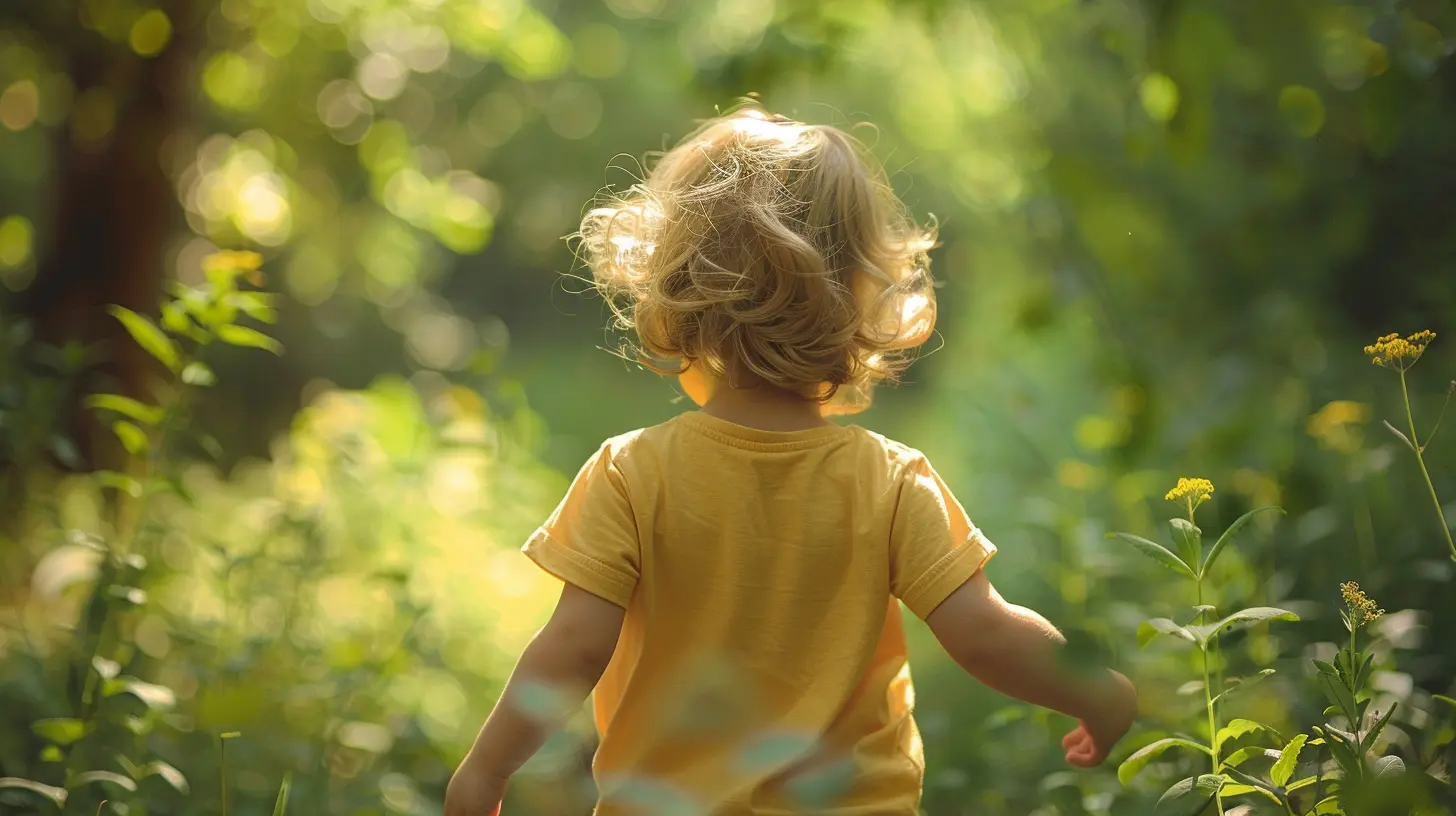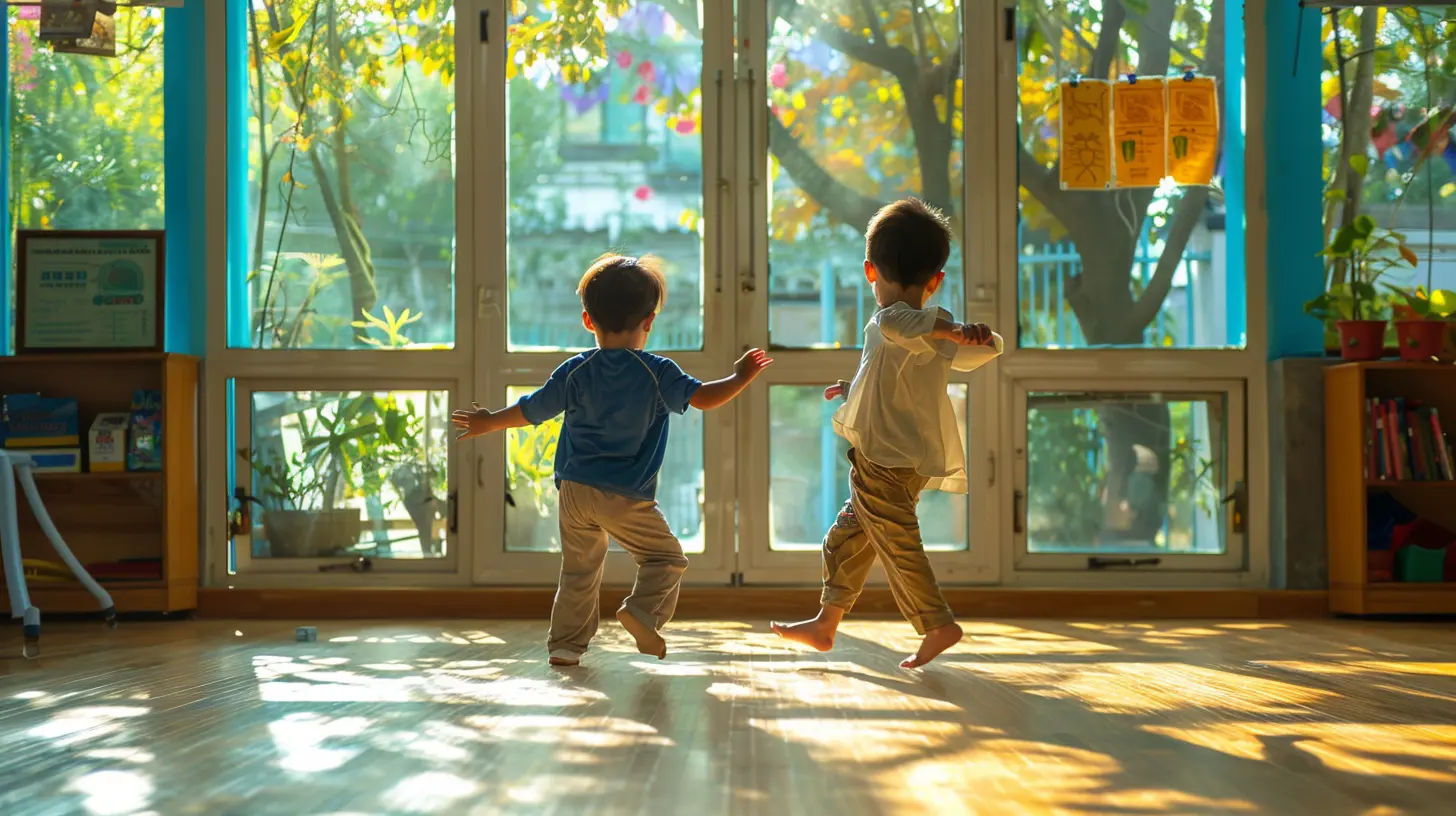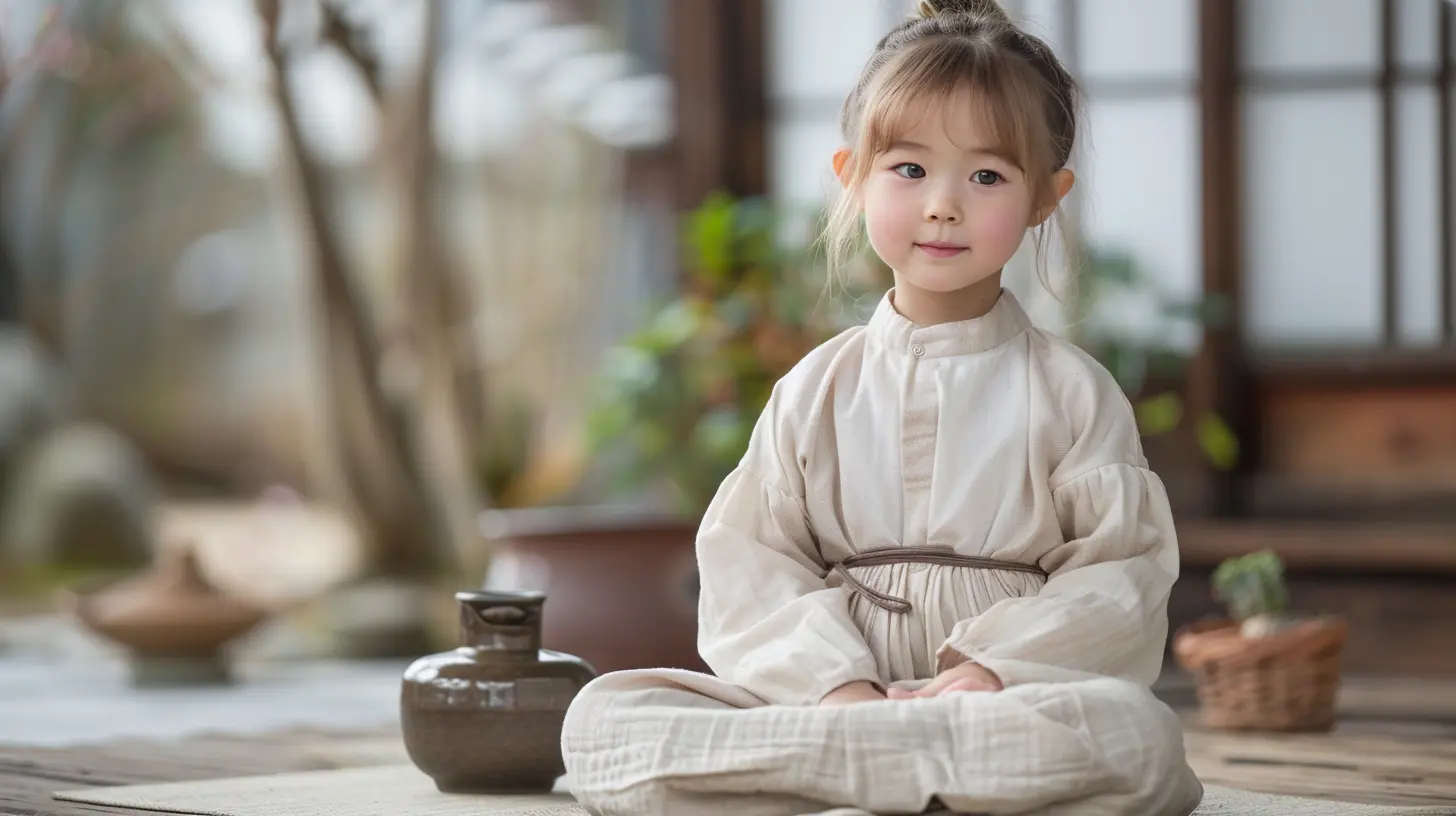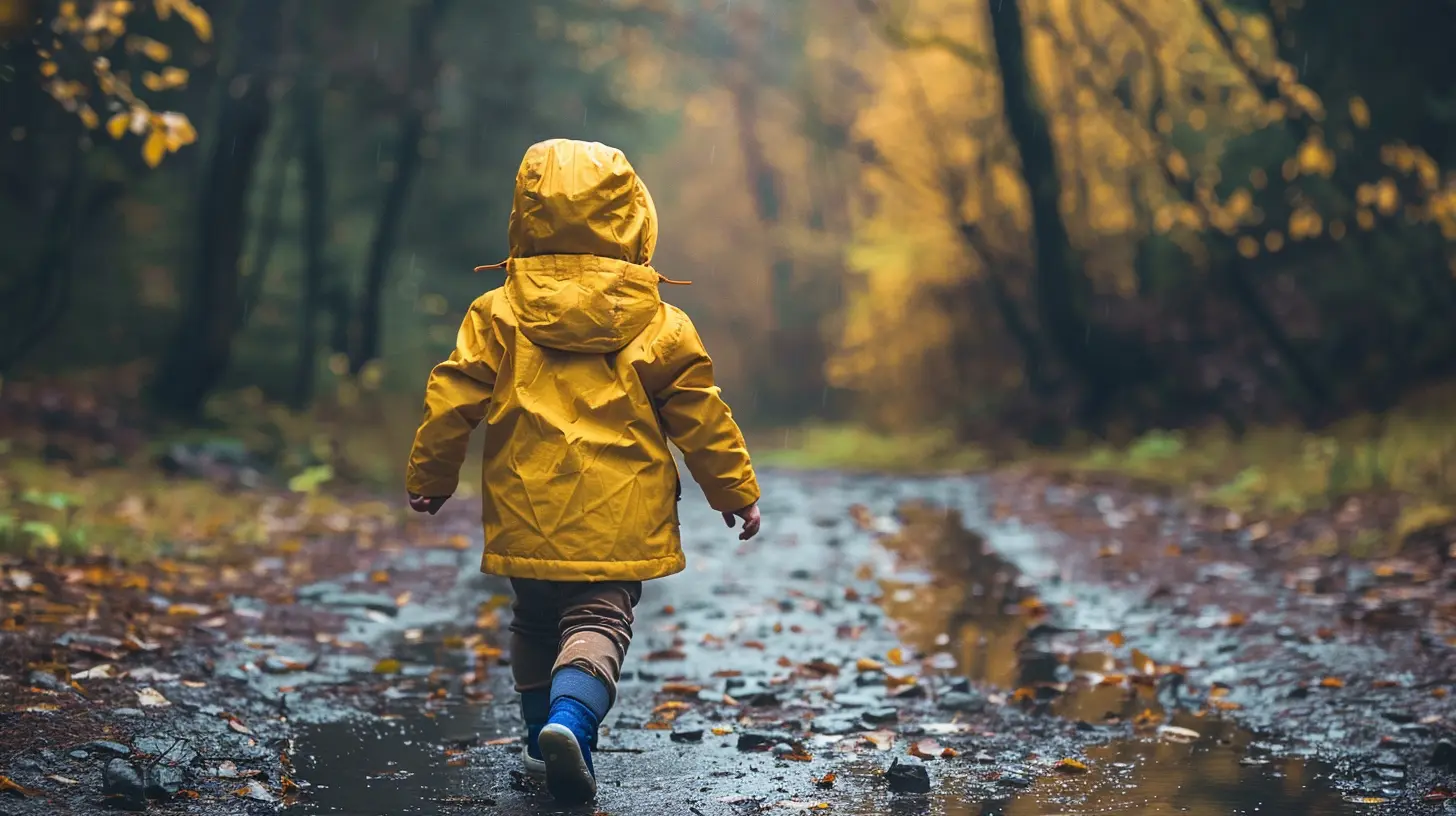How to Introduce Mindful Movement to Preschoolers
21 October 2025
As parents, caregivers, and educators, we all want the best for our little ones. We want them to be healthy, happy, and well-adjusted. One simple yet powerful way to support their well-being is by introducing mindful movement into their daily routines.
But how do you introduce mindful movement to preschoolers in a way that keeps them engaged and excited? After all, we’re talking about energetic little humans who love to wiggle, run, and explore!
In this guide, we’ll dive into fun, practical, and easy ways to integrate mindful movement into your preschooler’s day—without making it feel like a chore.

What is Mindful Movement?
Before we jump in, let's get clear on what mindful movement actually means.Mindful movement combines physical activity with mindfulness practice. It encourages kids to be fully present while they move their bodies. Instead of just running around aimlessly, they engage in gentle, intentional movements that help them connect with their breathing, emotions, and senses.
Think of it as a mix between yoga, stretching, and playful movement—designed in a way that feels natural and fun for young children.

Why is Mindful Movement Important for Preschoolers?
You might be wondering, "Why should I introduce mindful movement to a preschooler? Aren't they already active enough?"It’s true—preschoolers are naturally energetic. But mindful movement isn’t just about physical exercise. It also helps improve:
- Emotional regulation – Helps children manage big feelings and calm themselves.
- Focus and attention – Encourages mindfulness, making it easier for kids to concentrate.
- Body awareness – Teaches them to understand their body's movements and limits.
- Social skills – Provides an opportunity to practice patience, cooperation, and empathy.
- Sleep quality – Gentle, mindful movements can help reduce restlessness before bedtime.
Now that we understand the benefits, let's explore how to make mindful movement a natural part of your preschooler’s routine.

Simple and Fun Ways to Introduce Mindful Movement
1. Start with a “Mindful Breathing” Warm-up
Before jumping into movement, help your preschooler tune into their breath. Keep it fun and simple with these exercises:- Belly Breathing: Have them place one hand on their belly and the other on their chest. Ask them to take slow, deep breaths and notice how their belly moves.
- Blowing Bubbles: Give them a bubble wand and encourage slow, deep breaths to blow big bubbles. This naturally slows down their breathing.
- Animal Breaths: Pretend to be animals! Take slow, deep breaths like a sleepy bear or short, quick breaths like a buzzing bee.
2. Introduce Simple Yoga Poses
Yoga is a fantastic way to engage preschoolers in mindful movement. Keep it playful by using animal and nature-inspired poses.- Tree Pose: Have them stand on one foot and place the other foot against their leg. Encourage them to sway like a tree in the wind.
- Cat-Cow Stretch: Get on all fours and arch the back like a cat, then dip the belly like a cow.
- Butterfly Pose: Sit with feet together and knees out, then "flap wings" like a butterfly.
- Downward Dog: Form an upside-down "V" shape with hands and feet on the ground—pretend to be a stretching puppy!
Keep it lighthearted and allow them to use their imagination while trying the poses.
3. Make It a Dance Party
Preschoolers love to move to music, so why not add mindfulness to their boogie time?- Freeze Dance: Play music and have them dance around. When the music stops, ask them to pause, take a deep breath, and notice how their body feels.
- Slow Motion Dancing: Encourage them to move super slowly to the beat, paying attention to each movement.
- Emotion Dance: Have them express different emotions through movement—jump when happy, sway when sleepy, or stomp when frustrated!
Music and movement go hand in hand, making mindfulness feel like a game rather than a lesson.
4. Go on a Mindful Nature Walk
Take your child outside for a slow, mindful walk. Encourage them to notice:- The way their feet feel on the ground.
- The sound of birds or rustling leaves.
- The colors and shapes they see around them.
- The feeling of fresh air on their skin.
This simple activity helps preschoolers stay present and engaged with their surroundings while getting gentle movement.
5. Try Guided Imagery and Storytelling Movement
Preschoolers have wild imaginations—use this to your advantage! Lead them through movement-based storytelling:- Pretend to be animals: Crawl like a bear, hop like a frog, or slither like a snake.
- Journey through nature: Walk through an imaginary jungle, climb an invisible mountain, or swim like a fish.
- Act out everyday tasks: Pretend to scoop up the sun, stretch like a rainbow, or pick apples from a tree.
By weaving movement into fun stories, preschoolers stay captivated while engaging in mindful movement.
6. Introduce Mindful Stretching Before Bedtime
Help your little one wind down from the day with gentle, mindful stretches.- Reach for the Stars: Stretch arms up high, reaching for imaginary stars.
- Toe Touches: Slowly bend down and touch toes, breathing deeply.
- Gentle Twists: Sit cross-legged and twist side-to-side.
- Hug Yourself: Wrap arms around the body and give a big self-hug.
This calming routine can help ease restlessness and prepare them for a good night’s sleep.
7. Encourage Reflection and Gratitude
End each mindful movement session by asking simple reflection questions:- How does your body feel right now?
- What movement did you enjoy the most?
- What is something you’re thankful for today?
Teaching preschoolers to reflect helps them develop emotional awareness and appreciation for movement.

Tips for Keeping Mindful Movement Engaging
To make mindful movement a lasting habit, keep these tips in mind:- Keep it short and sweet: Preschoolers have short attention spans, so aim for 5-10 minutes at a time.
- Make it playful, not perfect: It’s okay if they don’t do it "right"—as long as they're engaged and having fun.
- Engage with them: Participate in the movements alongside them to model enthusiasm.
- Use visuals: Show pictures or use props like scarves, stuffed animals, or yoga cards.
- Be patient: Some days they'll be eager, some days they won’t—just go with the flow!
Final Thoughts
Mindful movement isn’t about following rigid rules—it’s about helping preschoolers embrace the joy of moving their bodies with awareness. Whether through yoga, storytelling, dancing, or nature walks, every little moment spent moving mindfully is a step toward emotional and physical well-being.So go ahead—make it fun, keep it simple, and enjoy the journey together!
all images in this post were generated using AI tools
Category:
Early Childhood EducationAuthor:

Madeleine Newton
Discussion
rate this article
1 comments
Daniel Harmon
In tiny feet, the dance begins, A gentle sway, where joy spins. With mindful steps, let laughter bloom, In playful hearts, dispel the gloom. Each stretch and breath, a world to find, In movement's grace, we shape the mind. Nurture the soul, let spirits soar— In every giggle, they're yearning for more.
October 26, 2025 at 2:52 AM

Madeleine Newton
Thank you for your lovely poem! It beautifully captures the essence of mindful movement, highlighting joy, laughter, and the importance of nurturing our little ones' spirits through dance and movement.


